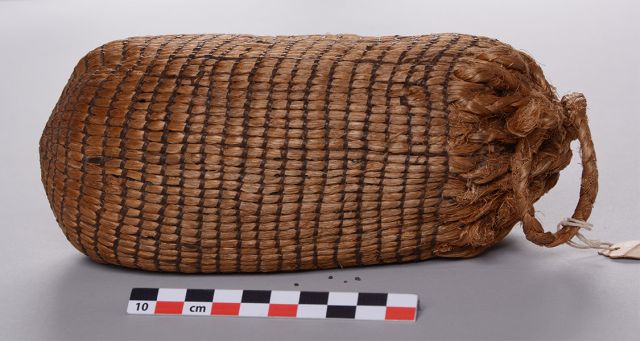Preview

Photo Credit
Laurel Lamb, Curator, University of Arkansas Museum
Donor
David Harner
Object Date
Mid-20th Century
Date
Spring 5-1-2021
Description
This wood carving was created by the Seri people in northwestern Mexico.
Until the 20th century, one of their main livelihoods was fishing. However, competition and disruption from the commercial fishing industry in the 1950s led them to shift to selling tourist art, including these wood carvings, basketry, and jewelry.
Starting in 1961, artist Jose Astorga was the first to experiment with these carvings made from the Olneya tesota tree, more commonly known as Ironwood.
In the beginning, these carvings were primarily utilitarian, like bowls and spoons. To meet the interests of tourists though, they eventually became known for beautiful animal carvings like this one.
Ironwood carvings took off beyond the Seri community into the larger region. Commercialization of carvings quickly increased demand for the wood by the 1980s.
As a result, Olneya tesota was designated a protected species of Mexico in 1994. The armadillo has a large body, a long, slender pointed tail and 4 feet. The head and "shoulders" have small markings to indicate soft body parts. The ears are large and smooth. The body is smooth with deep regularly placed cuts to indicate the boney part. The rump and tail are finely marked with the tail having regular, circular cuts decreasing in size from body to tip. The feet are cut to indicate claws and the body underparts are lightly carved. The color is dark brown with light wood rings.
Object Housed
University of Arkansas Museum
Object Accession Number
0092-0010-0003


